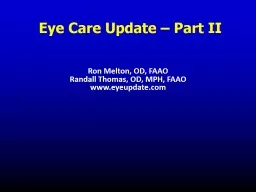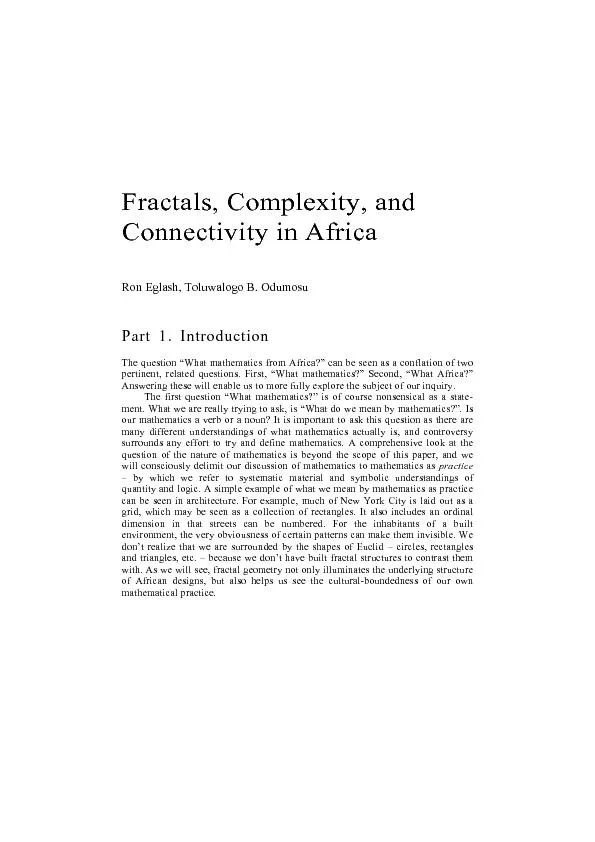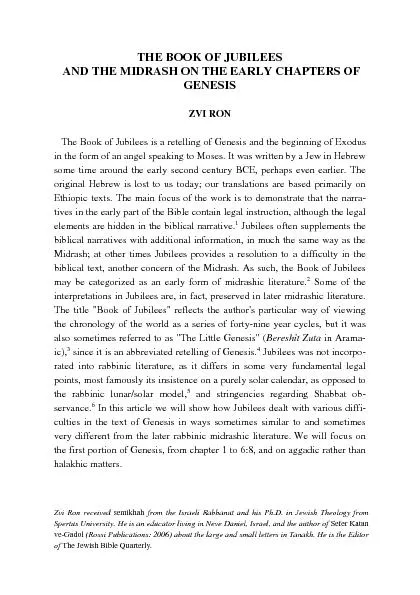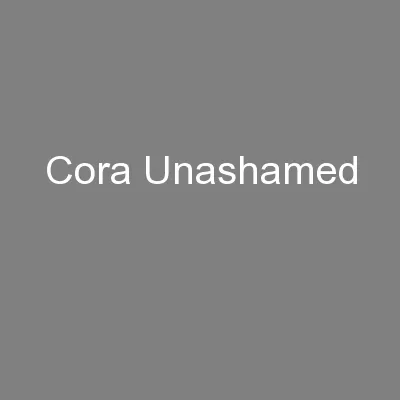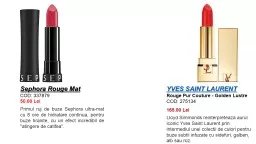PPT-Ron Melton, OD, FAAO
Author : aaron | Published Date : 2019-12-04
Ron Melton OD FAAO Randall Thomas OD MPH FAAO wwweyeupdatecom Eye Care Update Part II Financial Disclosure Drs Ron Melton and Randall Thomas are consultants
Presentation Embed Code
Download Presentation
Download Presentation The PPT/PDF document "Ron Melton, OD, FAAO" is the property of its rightful owner. Permission is granted to download and print the materials on this website for personal, non-commercial use only, and to display it on your personal computer provided you do not modify the materials and that you retain all copyright notices contained in the materials. By downloading content from our website, you accept the terms of this agreement.
Ron Melton, OD, FAAO: Transcript
Download Rules Of Document
"Ron Melton, OD, FAAO"The content belongs to its owner. You may download and print it for personal use, without modification, and keep all copyright notices. By downloading, you agree to these terms.
Related Documents

